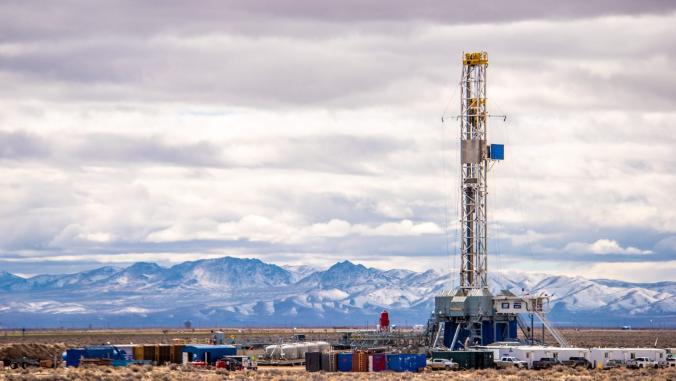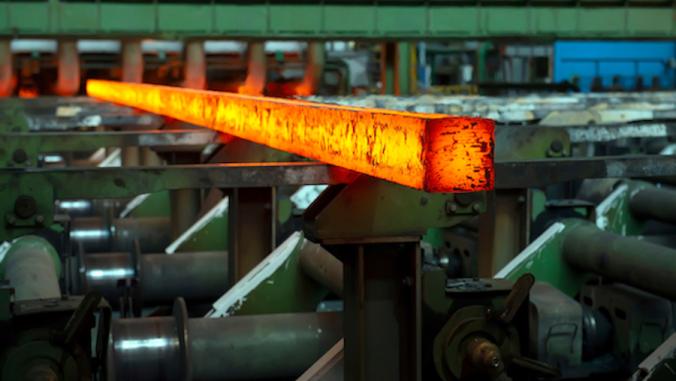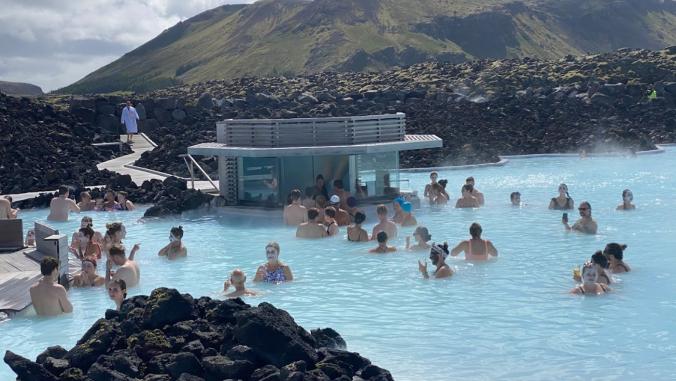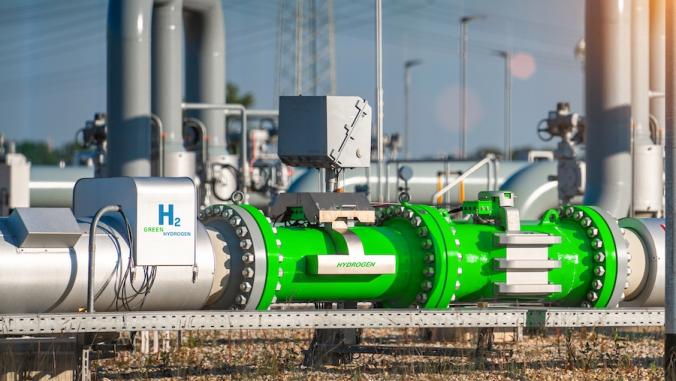Let’s talk about Renewable Energy Certificates … for natural gas
Renewable natural gas (RNG) is a finite resource. So where and when should we use to get the most benefit?

This article is adapted from the Energy Weekly newsletter, running Thursdays. Subscribe here.
Since Renewable Energy Certificates, or RECs, came onto the scene in the early 2000s, they’ve become one of the go-to instruments for companies to procure clean energy. The concept is simple: RECs are a certificate that verifies clean energy has been created. A company can buy that credit to offset any fossil-fuel energy it uses and, at least on paper, becoming an organization powered by clean energy.
Say what you will about RECs, but they did something remarkable: They added value to clean energy, which at the time was quite expensive. Suddenly, clean energy had two value streams: the electricity and the environmental benefit.
As a result, more clean energy went onto the grid and the cost of renewables fell. Fast-forward almost 20 years, and renewables are cheaper than fossil-fuel energy.
What if there were a similar program for renewable natural gas?
The Midwest Renewable Energy Tracking System (M-RETS) wants to do the same thing for renewable natural gas (RNG), a.k.a. biogas, that RECs did for renewable energy.
Similar to RECs, the idea would be to ensure that biogas comes from a renewable source and allow customers to pay to offset their fossil-fuel gasconsumption. Proponents of the trading scheme say the system will help avoid fraud in the renewable natural gas market.
But there is a major difference between the potential for RNG and renewables
Unlike renewable energy, renewable natural gas is finite. It does not scale like renewable electricity. And many sectors are vying for its low-carbon benefits.
RNG is created by capturing biomethane — from sources such as agricultural waste and landfills — and processing it into a fuel source. But there’s a finite amount of biomethane and, in a perfect world, we would be reducing the amount of waste we make in the first place.RNG is created by capturing biomethane and processing it into a fuel source. But there’s a finite amount of biomethane.
By some calculations, all of the RNG resources in the United States would be able to meet only about a third of the current gas demands for California alone, even when factoring in energy efficiency. In other words, it isn’t feasible to swap out natural gas with RNG one-for-one at scale.
How can we responsibly use renewable natural gas?
Everyone agrees it’s a good thing to capture the methane that otherwise would be an air pollutant. But what application is the best use for RNG’s decarbonization benefits? In my view, the best use of RNG are the applications that are hardest to electrify. Here’s a look at the three sectors working hard to capture the RNG market.
Commercial and industrial manufacturers
For a corporate customer, an RNG market has some nifty implications.
RNG has the potential to decarbonize thermal energy, a term that refers to both industrial processes and the energy used for the heating and cooling of buildings. Currently, thermal energy is overwhelmingly powered by fossil fuel sources, with no viable renewable alternatives. That makes deep-decarbonization goals difficult to reach. Some estimates peg thermal loads as responsible for 39 percent of energy-related emissions worldwide. Offsetting them is a heavy lift.
Companies are starting to catch on. L’Oreal, for example, announced that it plans to achieve carbon neutrality this year for its 21 U.S. manufacturing facilities through RNG. Cargill is similarly investing in RNG to offset some of its natural gas needs.
The ability to buy RNG credits could help make clear that corporates are clamoring for more renewable thermal energy solutions. There already is a Renewable Thermal Collaborative, a group of companies that want more options for renewable thermal energy. RNG credits may offer a bridge to other market-ready solutions.
Transportation fuels
According to one seller of RNG, "Renewable natural gas can be used in nearly every application that gasoline and diesel vehicles can be. ... Operationally, there is no limit."
That’s a big claim. And California’s Low Carbon Fuel Standard (LCFS), a market-based system that incentivizes cleaner fuels, credits fuels with lower carbon intensity. RNG, which technically has a negative carbon intensity, is considered among the cleanest fuel options around. That means there’s a big market for RNG as a transportation fuel in California, as producers can cash in on the LCFS credits.
It’s smart business for RNG producers, and it helps California meet its climate goals. It makes sense why energy giants such as Chevron want it. But given the finite resources, it isn’t a silver bullet. Analysis shows that no single industry can rely entirely on RNG to run its transportation fleets.
Meanwhile, the lure of the LCFS risks zapping RNG resources from other uses.
Utility programs
Gas companies are looking to offer RNG to customers at a premium to offset their conventional natural gas consumption.
One program that has gotten a lot of press is SoCalGas’s RNG tariff. The company has invested in reports (PDF) and ad campaigns to show RNG can help put the company in line with California’s 2030 carbon-reduction goal (although not its 2045 goal).
However, much of what consumers use natural gas for already has excellent electrification alternatives, making utility RNG programs more about the survival of natural gas companies than about a path to meet climate goals.
At the end of the day, the limited supply of biomethane means no single sector can rely on RNG as a holistic solution. So, the search for clean energy innovations continues, and interest in RNG should be viewed as a signal that customers will be hungry for affordable solutions when they arrive.





